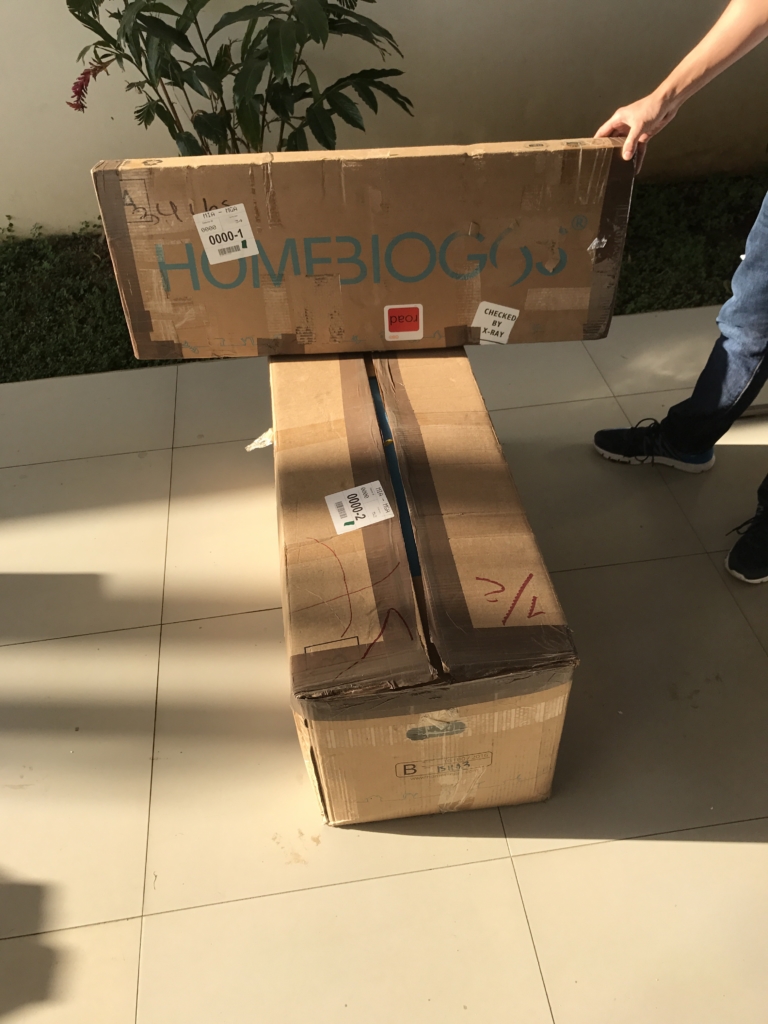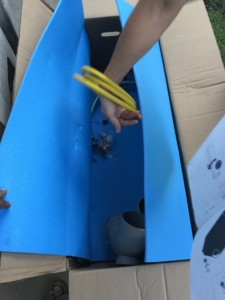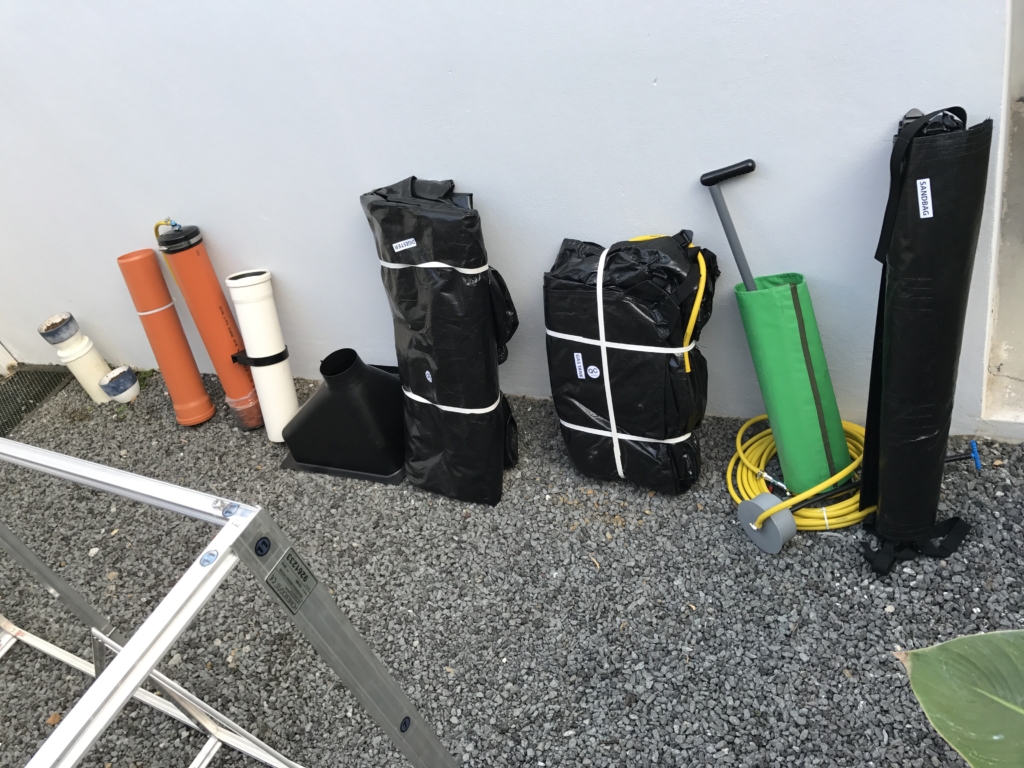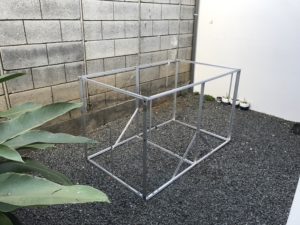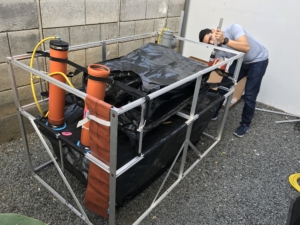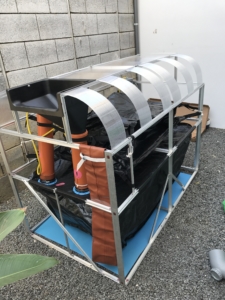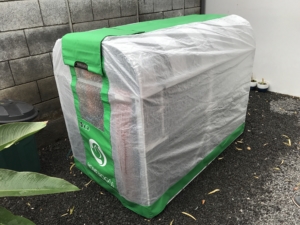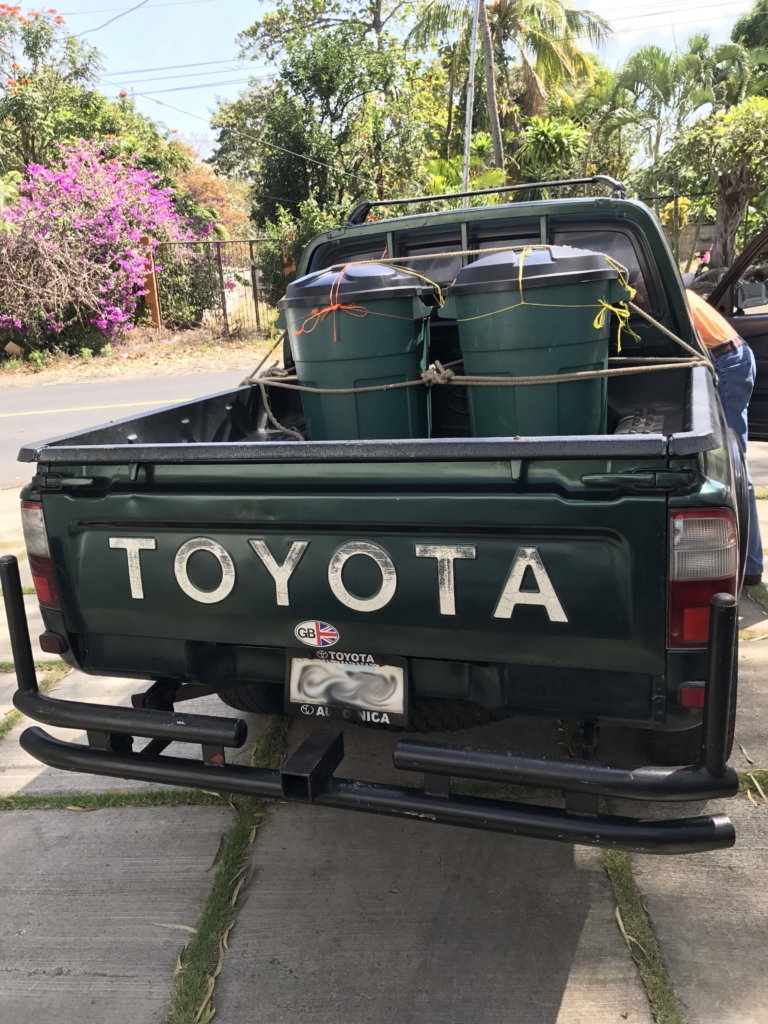Why do it?
As we were mulling over how to deliver all modern conveniences and appliances completely off grid in a cost effective way, the background for which is covered in this article, we naturally started to research various alternatives to gasoline or diesel powered backup generators that complement your primary solar/inverter system.
[tm_content_blockquote quote=”you feed the system waste food / compost material in one end, out comes electricity and fertilizer the other end!” cite=”” type=”icon” avatar_image=”” size=”medium” alignment=”left” float=”pull-left” icon_id=”icon-quote” icon_color=”#666″ border_color=”” quote_color=”” cite_color=”” el_id=”” el_class=””]
This led us to an idea well explored in India, China and some other grid-challenged locations worldwide. While use of biogas has been around for ages (including powering the gaslights in London way back when), in modern times there is a trend toward creating more efficient technologies to process waste in order to create gas that can then produce electricity (the system that creates the gas is called a generator, and the engine that uses this gas to create electricity is also called a generator).
With minor modifications, a standard electrical generator that uses Propane (LPG) or Natural Gas can be easily modified to use biogas (Methane) as an energy source, and there are also plenty of purpose-built electrical generators made for biogas on the market. The practical upshot of which, is that you can feed your system waste food and compost material in one end, out comes electricity and fertilizer on the other end! Brilliant!
We happily stumbled upon a group of entrepreneurs that created a contemporary take on the biodigester that “brings off-the-grid, compact, and user-friendly waste-to-energy into your backyard”, and making something heretofore pretty messy and involved instead easy and even kinda sexy.
[tm_content_blockquote quote=”you don’t have to wait until you’re on our off-grid ranch in Nicaragua, you can install this in any backyard!” cite=”” type=”icon” avatar_image=”” size=”medium” alignment=”left” float=”pull-right” icon_id=”icon-quote” icon_color=”#666″ border_color=”” quote_color=”” cite_color=”” el_id=”” el_class=””]
Kudos to the crew at HomeBiogas for a democratization of this tech through consumer product design – engineering, design, marketing, manufacturing, shipping and ease of install. We know it’s hard to create products that matter and also fit the modern lifestyle, we give our appreciation to this team of dedicated folk.
We decided to try it out at our Nicaraguan Hometech Test Lab (aka our house) and the report is below. In short, the system is simple, robust, anyone can put one together and we encourage you to do so. You can use this system anywhere to help save just a little bit of the planet, it’s easy to run your cooking gas circuit off of biogas, and you don’t have to wait until you’re on our off-grid ranch in Nicaragua, you can install this in any backyard!
Ordering and shipping
The process is pretty painless, and their modern, well organized site is certainly stand out in the world of biodigesters which seem to otherwise be industrial/B2B (for instance Puxin) or relegated to curiosities discussed by hobby farmers on esoteric chat boards.
A system capable of producing 2 hours of cooking gas daily arrived in two neat packages ready for assembly.
Two people are recommended for the assembly and Daniel was on Big Sky Tech duty for the day.
The guts of the beast.
Et voilà! Three hours later we are ready for boot up.
Operation and Boot-up:
Starting it up requires an initial load of healthy bacteria, which our buddy James was obliging enough to supply from his farm near Managua in the form of horse manure. Add some water, feed daily a couple kilos of waste, and three weeks later we are cooking with biogas!
Robustness – who feeds the beast when you are away?
[tm_content_blockquote quote=”we want to be sure it’s less hotel California and more off-grid superhero” cite=”” type=”icon” avatar_image=”” size=”medium” alignment=”left” float=”pull-right” icon_id=”icon-quote” icon_color=”#666″ border_color=”” quote_color=”” cite_color=”” el_id=”” el_class=””]
The idea of the biogas generator within the energy cycle of our residential homes at Big Sky Ranch Nicaragua is to enable a lifestyle where you never have to leave your home in order to fulfill your home energy needs. The Sun powers most things, and for the occasional backup power generation and cooking gas, your biogas circuit converts onsite waste. However the system does require consistent feeding to keep things running well.
For our homes at Big Sky Ranch Nicaragua, people may often leave and lockup their homes for a month or more, and before we offer this to our clients we want to be sure it’s less hotel California and more off-grid superhero, so we tested how it would work starving for a month and then coming back online.
More on this, and the hookup to a an electrical generator backup system to come!
UPDATE ON STARVATION TEST (July 22,2017).
After starving the system for a month and purging the gas, we found little (maybe 0.25 cubic meter) per day baseline production. We resumed feeding the system approximately 1Kg of waste a day, and it showed remarkably robust! After 9 days the system was back to full production (one tank per day), which is quite a bit more resilient and robust than predicted – I would attribute this to the consistency of temperature here in Nicaragua.
